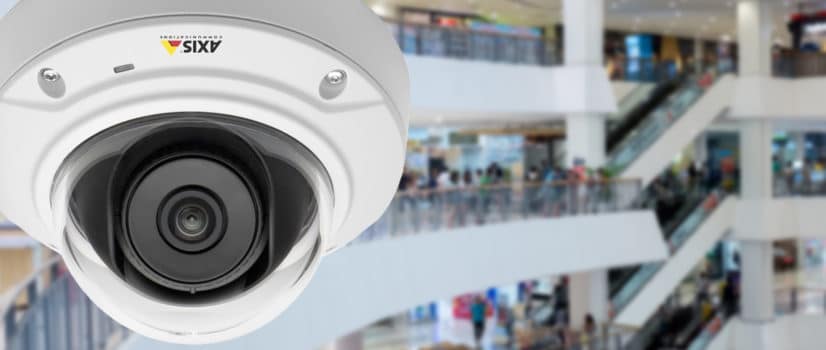As more and more offices and commercial buildings are adding connected video surveillance systems to their security infrastructure, it’s important for organizations to consider how to get the most out of their system while keeping their data secure.
Best practices will vary depending on the type of business video surveillance systems you use and what exactly you use them for. However, there are some universal best practices, and following these procedures will help ensure that you’re getting the most out of your system.
1. Ensure that your cameras are placed strategically.
Strategically placing cameras around your building and property is an essential part of protecting your organization. In addition to entrances, exits and work areas, don’t forget to cover storage areas, places where monetary transactions take place, break rooms, waiting areas and loading docks.
Be sure to avoid placing cameras in areas that may infringe on your staff’s or visitors’ privacy. Privacy laws differ across the country. Check your state’s laws to determine what is allowable when it comes to business video surveillance before installing your cameras.
2. Limit the number of privileged users.
Given the potential for cyber attacks and other vulnerabilities, you should limit the number of users who have access to your system’s components or data. No matter how trustworthy your employees are, access should only be granted to those who need it, and your organization should develop a vetting and selection process for privileged system users. This is the best way to prevent malicious behavior.
3. Invest in cabling and infrastructure.
The cabling, power supplies, adapters, hardware and other infrastructure for business surveillance systems tend to last longer than the cameras themselves. That is why it’s important to invest wisely in your cabling and other infrastructure to ensure that you get the full value of your investment. Your security system provider will recommend the right cabling and infrastructure based on your camera setup and property details.
4. Develop a documented use and retention policy for archived footage.
Many business owners don’t recognize that they need to have a written policy regarding the appropriate use and retention of video recorded from their business’s surveillance system. This policy should identify what video and images may be used for and what type of authorization is necessary to access or copy this footage.
Your documented policy should also specify what is considered inappropriate use and what disciplinary actions will be taken if the acceptable policy is violated. Then, you’ll need to ensure that everyone in your organization who has access to video reads the written policy and understands their role and responsibilities.
5. Limit physical access to the system.
While cybersecurity is important when it comes to surveillance camera systems that are connected to the internet, you should not overlook the possibility of physical tampering. By limiting physical access to your business surveillance cameras, you can prevent physical tampering that may hinder the quality of your video.
Get Business Video Surveillance Systems
Are you in the market for a new surveillance system? Taylored Systems can help you find and install the right business video surveillance systems for your building to ensure that your security needs are met. Our team can also help educate you on the best practices for your specific system to help you get the most out of your security investment.
If you’d like to learn more about commercial video surveillance systems, contact us now.

